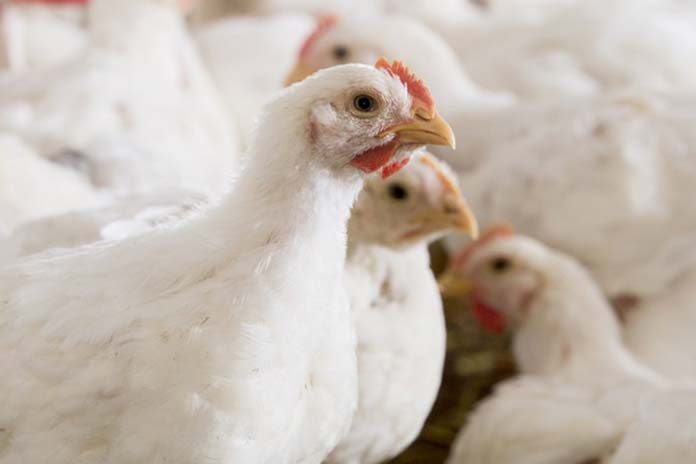
As the countdown towards implementation of the FDA’s Guidance for Industry 213 continues, interest in non-antibiotic intestinal interventions has increased. Earliest efforts in this arena occurred in the early 1970’s with reports by Drs. Nurmi and Rantala and work by Dr. Snoeyenbos at Hubbard Farms that showed that feeding chicks anaerobic cultures of normal cecal flora from adult chickens could reduce and even prevent colonization by Salmonella in young chicks. During the 1990’s much work was done to understand the efficacy and mechanisms of these so called “undefined competitive exclusion products”. In the late 1990’s the first FDA approved “defined” competitive exclusion product was introduced to the marketplace. Unfortunately, this product did not live up to the hype that was created around its release and because it was a defined product the attitude towards the undefined products was changed such that today no research is being conducted to better understand microflora modulation using the undefined products. Non-antibiotic intestinal interventions available to the practitioner today can broadly split into 3 categories: Direct fed microbials, Prebiotics, and “Natural” products. The direct fed microbial category can be further split into non-spore formers and spore formers. Non-spore formers include organisms such as Lactobacillus spp which are administered as vegetative organism and are believed to produce volatile fatty acids as they traverse the intestine and serve to reduce the pH in the caudal small intestine. Spore formers include organisms in the genus Bacillus. These are administered as spores and in the intestine are believed to transform into vegetative organisms and elaborate a variety of compounds.
At this point in time, the knowledge base of how, when, and why to use the various microflora modulators is in its infancy and a steep learning curve is going to have to be traversed. The beauty of the undefined CE products is that Mother Nature had already done a lot of the work of balancing and sorting out the various organisms being administered. Now the responsibility falls to industry and academic researchers to test out various combinations and methods of administration. This, unfortunately, is an expensive and time-consuming process and the clock is ticking.

















